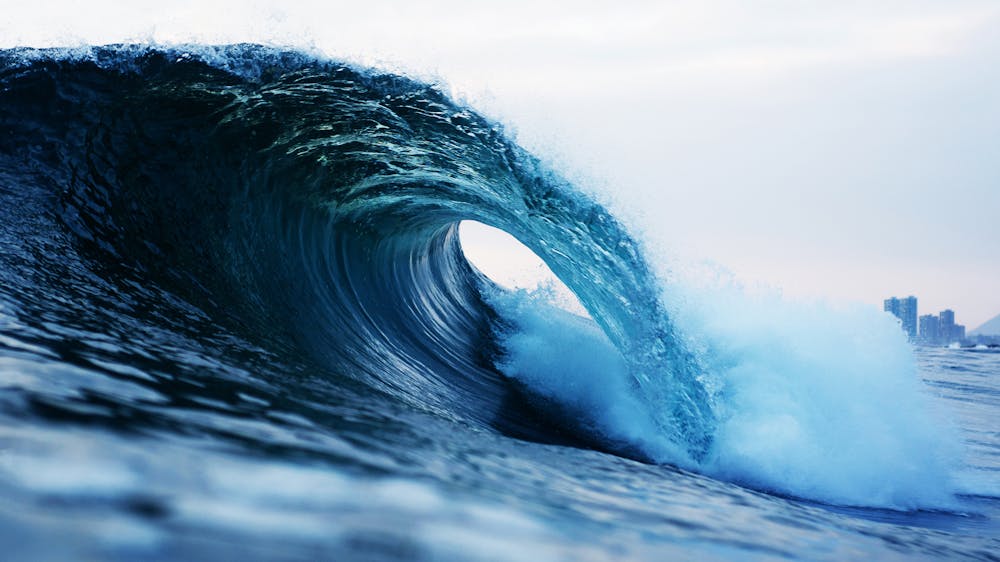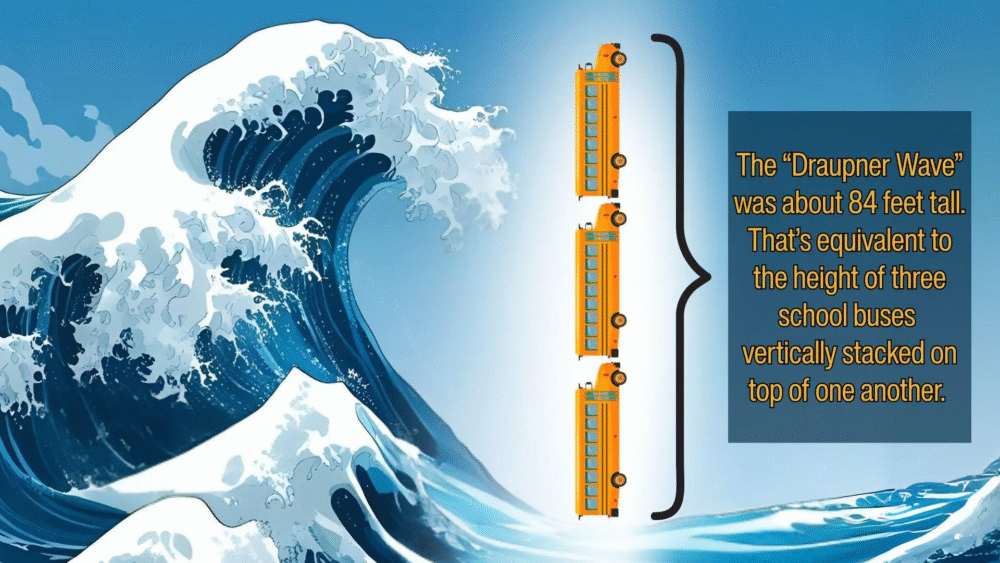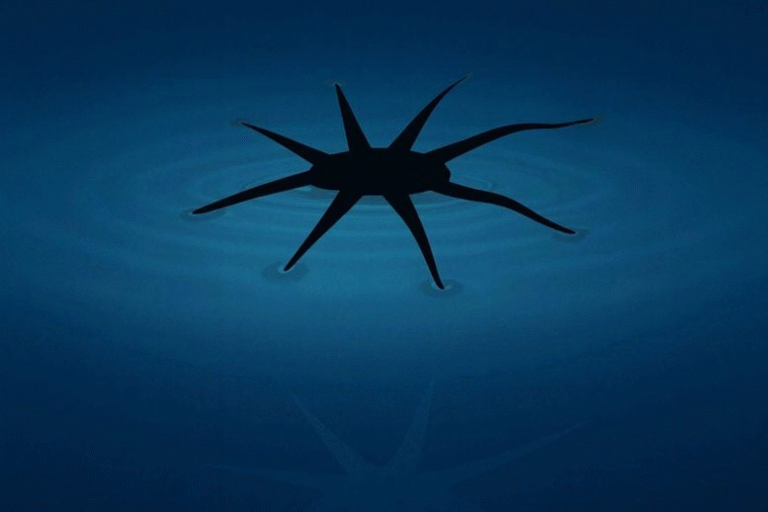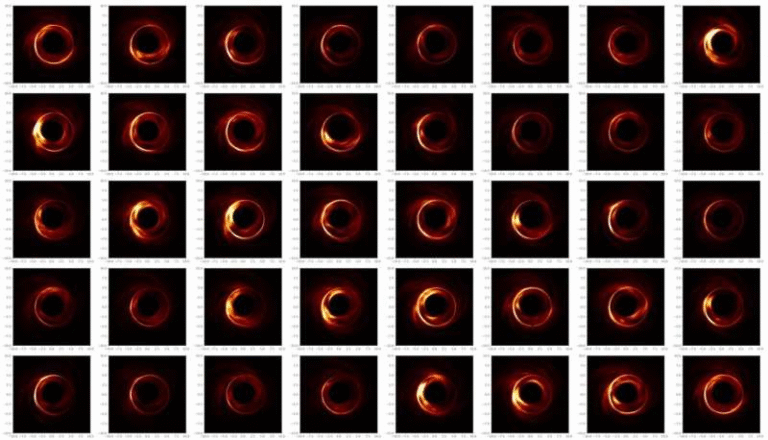How Rogue Waves Really Form – The Science Behind Nature’s Ocean Giants


For centuries, sailors swapped stories of giant waves that appeared out of nowhere, towering higher than ships and smashing across decks. Many dismissed these accounts as seafaring myths — tales told to spice up long nights at sea. But science has finally caught up with the lore, and the truth is both fascinating and a little unsettling: rogue waves are real, and they can now be explained.
The Wave That Changed Everything
On January 1, 1995, the North Sea delivered proof. A massive 80-foot wave struck the Draupner oil platform off Norway’s coast. The force was so intense it bent steel railings and tossed heavy equipment like toys. But more importantly, instruments on the platform captured the wave in detail — the first ever precise recording of a rogue wave in the open ocean.

“It confirmed what sailors had described for centuries,” said Francesco Fedele, a researcher at Georgia Tech. Until that moment, most scientists thought rogue waves were exaggerations. The Draupner Wave ended that debate for good.
Cracking the Mystery
The real challenge, though, was figuring out why these waves form. For years, the leading explanation was something called modulational instability. In theory, small shifts in timing and spacing between waves could make one grow disproportionately large. It worked in lab experiments, where waves are confined to narrow channels. But out in the open ocean — where energy can spread in many directions — this explanation fell short.
So Fedele and his international research team took a different approach. They analyzed a staggering 27,500 wave records from the North Sea, spanning 18 years. Each record included half an hour of measurements — wave height, frequency, direction. It became the most comprehensive dataset ever studied on rogue waves.
What they found was surprising: rogue waves aren’t freak events caused by exotic physics. They’re the result of ordinary ocean dynamics, just aligned in extraordinary ways.
When Waves Collide
The study revealed two main culprits behind rogue waves:
- Linear focusing — When waves moving at different speeds and directions happen to meet at the same time and place, they pile up into one unusually tall crest.
- Bound nonlinearities — Natural distortions that sharpen a wave’s peak and flatten its trough, making the crest 15–20% taller.
When these two processes line up, the result is a massive, towering wave — a rogue. Add the natural chaos of the ocean, and things can get even bigger.
As Fedele put it, “Rogue waves follow the natural orders of the ocean — not exceptions to them.”
Why This Matters
Knowing how rogue waves form isn’t just a cool piece of science trivia — it has real-world consequences. These waves can be catastrophic for ships, oil platforms, and coastal structures. Yet many forecasting models still treat them as unpredictable accidents.
“They’re extreme, but they’re explainable,” said Fedele. Updating forecasting models is critical for safety at sea, especially as offshore infrastructure grows.
Organizations like the NOAA and companies like Chevron are already using Fedele’s models to better anticipate rogue waves. The research team is even turning to machine learning, training algorithms on decades of wave data to spot the subtle signs that a giant wave might be brewing.
Listening to the Ocean’s Language
Perhaps the most poetic part of the research is the idea that each rogue wave carries a “fingerprint.” Before and after the peak, patterns in the surrounding waves reveal how the giant was born. To Fedele, this shows that the ocean isn’t as random as it sometimes feels — it has a language, and we’re just learning how to interpret it.
Or, as Fedele summed it up: “Rogue waves are simply a bad day at sea. They’re extreme events, but they’re part of the ocean’s language. We’re just finally learning how to listen.”
Source: Effects of bound-wave asymmetry on North Sea rogue waves





